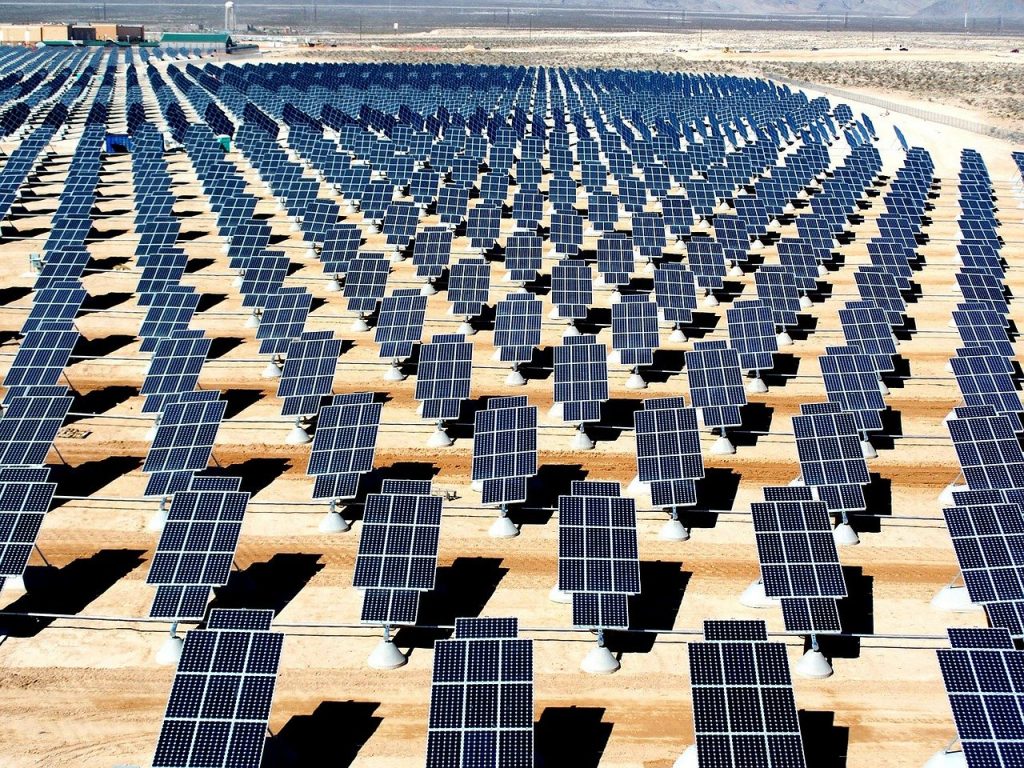The share of clean energy usage when it comes to crypto mining centres is higher than mainstream enterprises where oil and coal-generated power still dominates.
In the meantime, usage of clean energy in crypto mining jumped by 56% in the second quarter of 2021, as per Bitcoin Mining Council. Bitcoin mining companies consume only 0.1% of global energy production, according to the Mining Council Survey.
NASDAQ-listed crypto firms HIVE Blockchain Technologies and Hut8 have started mining Bitcoin and Ether using 100% clean energy sources since July, 2021.
Whereas, in 2020, oil and coal held the largest share of the energy mix by 31.2% and 27.1%, respectively. On the other hand, the share of both natural gas and renewables recorded consumption of 24.7% and nearly 6%, respectively. Nuclear energy shares 10% of the total energy production in the world.
The traditional energy producers have been running campaigns to suppress the high demand for green energy. The US government has again pledged to follow the Paris Climate Agreement that upsets the oil lobbyists, such as the American Petroleum Institute (API), Western Energy Alliance (WEA), and the National Ocean Industries Association. But big oil companies’ owners are using their deep pockets to rig the system, as per the America Progress report.
Consequently, clean energy (including biofuels) rose by 9.7%, which was slower than its last one-decade average of 13.4% per annum.
Meanwhile, the crypto industry focuses on sustainable resources like wind, solar, thermal, and volcanic energy. The decentralised sector has been setting a benchmark in terms of green energy adoption.
Countries like Vietnam, India, and Pakistan have recently observed a massive fluctuation in crypto adoption, as per ChainAnalysis data. However, these countries have no crypto mining centres or minimal presence of individual/independent crypto miners. If data miners shift to APAC countries, they might get good solar energy exposure without hurting the green ecosystem.
India and Vietnam are ranked among the top five producers of solar energy in the world. India ranks in the third position in terms of solar energy production, with a 9% share. As of 2019, India had a capacity of nearly 42.9 Gigawatt (GW). Meanwhile, Vietnam continued to hold the fifth position with an installed capacity of 4.8 GW.
However, China and the US still hold the first and the second position, with cumulative capacities of over 205 GW and 75.9 GW respectively.
The North American region has taken a big leap in sustainable crypto mining post-China’s multiple crackdowns on crypto businesses. The Toronto Stock Exchange-listed companies have been setting examples for the rest of the world on regulation adherence and clean energy adoption.
Many Chinese crypto mining firms have looked to Texas to set up their mining centres. Shenzhen-based BIT Mining is said to invest US$ 26 million to develop a data centre in the state, while Beijing-headquartered Bitmain has been expanding its mining capacity at Rockdale facility, Texas.
Sustainable & green crypto data mining
In May 2021, the Vancouver-headquartered blockchain solutions provider DMG partnered with the English mining enterprise Argo Blockchain Plc to implement the Crypto Climate Accord (CCA) pushing for decarbonisation in the crypto ecosystem. Both crypto miners also agreed to support more use of green energy in their operations.
The Crypto Climate Accord’s mission is to decarbonise the global crypto mining centres by following Paris Climate Agreement objectives and bolstering the overall industry’s transition to net-zero greenhouse gas emissions by 2030 by electricity consumption.
From just a 4% share two years ago, the U.S. has grown into the world’s second-largest miner, now accounting for 17% of all new bitcoins, according to the University of Cambridge Center for Alternative Finance. This time crypto miners have been betting on cheaper clean energy to run their mining centres.
BitFarms claims to mine 1% of bitcoin data using clean electricity, as per its exchange filing. The blockchain firm disclosed that it is worth around a thousand tokens amounting to over US$ 39 million.
In the same line, crypto data centers owners Link Global Technologies and Neptune Digital Assets also established their clean energy joint firm, Pure Digital Power Corp. This clean electricity company will provide sustainable power to operate their mining activities.
Reasons behind adopting renewable energy in crypto
Renewable electricity prices have dropped sharply over the past decade, led by improving technologies, rising competitive supply chains, and innovative production experience. Since 2010, utility-scale solar PV power has shown the sharpest cost decline at 82%, followed by concentrating solar power (CSP) at 47%, onshore wind at 39%, and offshore wind at 29%.
As per the International Renewable Energy Agency, prices for solar and wind power technologies also continued to decline on a year-on-year basis. The price of electricity from solar photovoltaic panels fell 13% in 2019, representing a global average cost of US$ 0.068 per kilowatt-hour (kWh). Onshore and offshore wind costs also plunged almost 9%, amounting to US$ 0.053/kWh and US$ 0.115/kWh, respectively.
Streamlining electricity consumption by using blockchain
Blockchain-led multi-party clearing/sharing of electricity among households would lower transaction costs due to the cutting out of intermediaries.
Rising competition among centralised and decentralised power distributors will help to reduce cost per unit as a result of greater market transparency.
On top of that, Blockchain will facilitate choice for customers to become electricity providers or consumers. Distributed ledger technology (DLT) will make electricity transactions more simple by using decentralised distribution data storage, smart contracts, and real-time payments.



